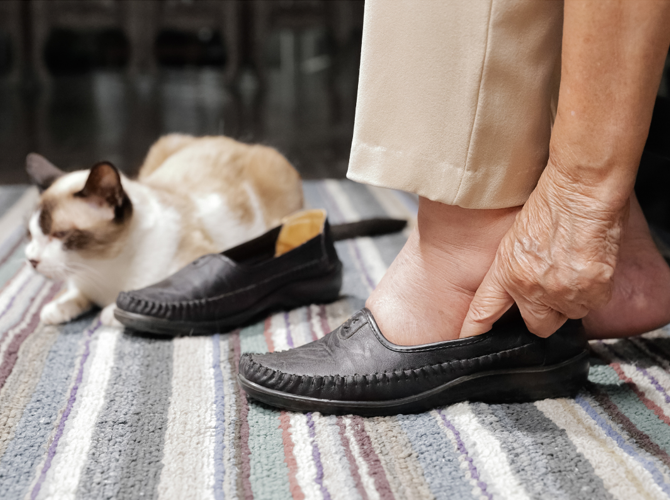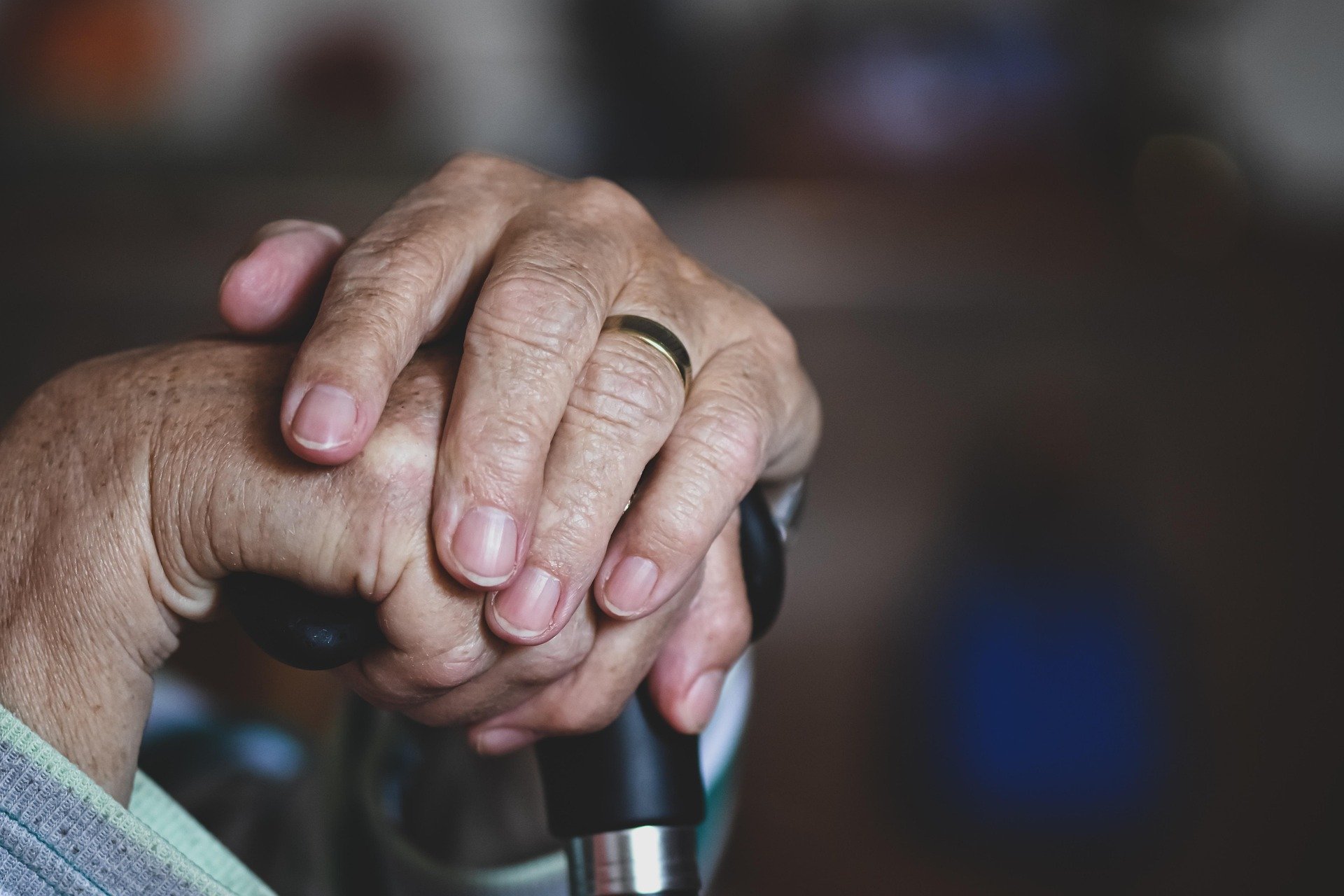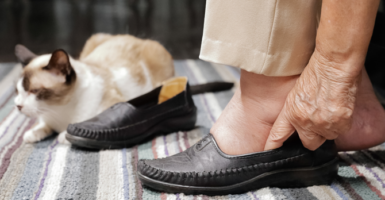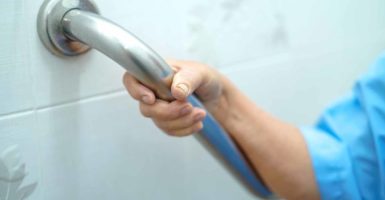How to prevent falls at home: a 10 step safety checklist

In this article:
Quick summary:
Falls are the most common and serious accidents for people over 65, often leading to health problems, reduced confidence, and loss of independence. Most homes aren’t designed with elderly safety in mind.
Key preventive measures include improving lighting, removing rugs and clutter, reorganizing cupboards so everyday items are at waist height, and installing bathroom safety features like grab bars and non-slip mats.
Small changes can stop big falls
We know that most elderly people want to spend the rest of their lives living in a home of their own.
Falls are still the most frequent and serious type of accident in people aged 65 and over and a simple fall can lead to serious health problems. Falls destroy confidence, increase isolation and reduce independence.
If you’re going to stay in your own home as you age, then you must take some precautions to make it safe for you to do so. See our article on ‘Equipment and Adaptations’
Go through each room of the house looking for potential issues. It’s challenging to look at the same rooms you see every day and see them differently.

Key things to consider around the home:
- Items you’ll need to access that are out of reach
- Anything likely to fall at an inopportune moment
- Anything you’re likely to bump into in the dark
- Get rid of rugs. The edges can be a tripping hazard, and any time the rug bunches up they become a serious hazard.
- Anything you might trip over or must step over.
- Have a clear path to move around your house. Re-arrange the furniture to move items against the wall, out of the way or get rid of them entirely.
10 Point Check
1. Light it up, add more lights
Brighter bulbs may help reduce falls. Add lighting low on the wall anywhere in the home, where there’s a step or something you could risk tripping over or running into. Night lights in bathrooms.
2. Re-organise your cupboards/drawers for better accessibility
Everyday items at waist height. Anytime you try to get on a chair or stepladder to reach something, you’re putting yourself at unnecessary risk. Tackle all the cabinets in your kitchen, bathroom, and anywhere else in your house. Ensure water and food are in easy reach.
3. Bathroom safety
Buy a safety seat or transfer bench for the bath. This may straddle the bath and will allow an elderly guest to sit on one side and slide over to the other. Bath chairs are also available for people who are unsteady on their feet.
If your bathroom doesn’t have grab bars, you can buy an easy-to-install adjustable bar that clamps to the edge of the bath. It’s never a good idea to grab hold of a towel rail or a soap dish.
Non-slip bathmats are really important. It’s a good idea to avoid oily bath products and let the soap suds go down before moving out of the shower. Replace taps with ones that are easy to turn on and off. Install inexpensive anti-scalding devices or adjust the thermostat on your water heater. If there is a lock on the bathroom door, you may want to remove it.
4. Bedrooms
Use plug-in night lights in each bedroom, in hallways and in bathrooms to provide a clear path for late-night bathroom visits. Put a night light in the kitchen too.
Position lamps near your bed. Leave torches with fresh batteries on bedside tables to provide extra light.
5. Living room
Arrange furniture to create clear, easy-to-navigate paths throughout rooms. Put items that are low to the ground, such as magazine racks and coffee tables, out of the line of traffic to help prevent falls or bumping injuries.
6. Clear trip hazards -Remove clutter, electrical cords, pet toys
Clutter for those with dementia is very confusing and hard to process. Becoming a minimalist and removing mirrors and busy wallpaper makes life easier. Use double-sided tape or non-stick carpet mesh to keep rugs in place. Loose rugs and runners are a major cause of falls and should be removed ideally. Tidy cables.
7. Stairs and steps
Handrails on both sides, use high contrast tape on edges. If the carpet on the stairs has become threadbare, consider installing non-slip rubber stair treads for better footing.
8. Footwear that grips.
Non slip, closed back slippers/shoes. Avoid floppy mules.
9. Pets
Pets can present a hazard as people can trip over them. Move beds to where they won’t be tripped over and make sure pets are contained at night.
10. Front path and back doors.
Clear moss/leaves; add rails/outdoor light; test smoke alarms and consider a personal alarm.
What extra help can I get?
There has been significant innovation in technology to support older and vulnerable people to live independently at home. (See our article ‘How Technology can help you to live at home independently’). Consult an Occupational Therapist (OT) or a Home Improvement agency (also known as Care & Repair or Staying Put scheme). OTs are experienced professionals who can support you in finding the most appropriate equipment and can advise you on how you might best adapt your home. Waiting lists for referrals can be long but your GP or District nurse should be able to advise.
How to get started with care at home?
When you’re just starting your care journey, it’s important to answer as many questions as possible to ensure you make an informed choice. Please do reach out to our experienced care team who will be able to answer any questions you may have.
If you’re ready to find out what home care options are available in your area:
or talk to our care team today on 01865 951 350


